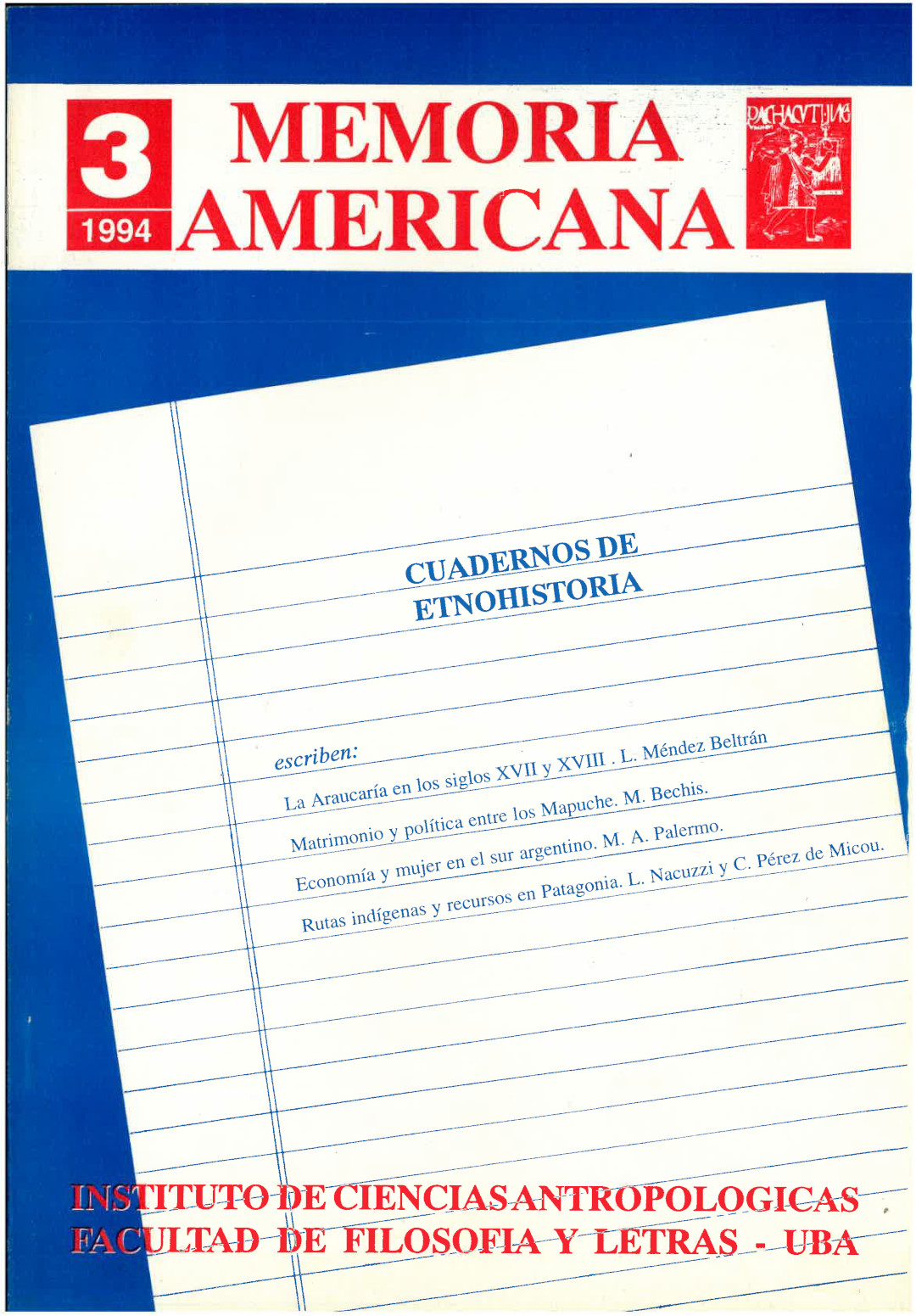The indigenous population, its spatial distribution and the acculturation process in La Araucanía (17th and 18th centuries). The recount of 1796
Abstract
War at Araucanian frontier declines since 1655. From 1655 in advance, peaceful contacts and "convivencia" were the norm. This paper analyzes Araucanian population stability and growth at the end of the Eighteenth century and its spatial distribution -division in four vutalmapus- and the process of acculturation and sedentarization as well. As a result, there is a better comprehension of regional history and its influence in Chilean history. native population inhabiting the territory between Copiapó and Concepción was a third of the whole region at the end of Eighteenth-Centuty. Population growth and stability was due to peaceful white-indian relations along the frontier. The fact that a huge Indian population did not embrace warfare demostrates its progressive acculturation and sedentarization. Both issues influenced the life of Araucanian families.Downloads
Los derechos de autor son cedidos a Memoria Americana. Cuadernos de Etnohistoria, no obstante los autores podrán recuperarlos y reproducir su trabajo en otros medios o formatos previo envío de solicitud al Comité Editorial. En tales casos, deberá citarse a Memoria Americana. Cuadernos de Etnohistoria como primera publicación del trabajo y el mismo queda bajo una licencia Creative Commons CC BY NC SA 3.0 Attribution- Non Commercial -ShareAlike 3.0, la cual provee libre acceso inmediato a sus contenidos pues se rige por el principio según el cual hacer disponible -en forma gratuita- la investigación al público fomenta un mayor intercambio de conocimiento a nivel global.
Los autores deberán remitir el siguiente formulario de cesión de derechos y compromiso de originalidad:
Cesión de derechos y compromiso de originalidad
Al Comité Editorial de Memoria Americana, Cuadernos de Etnohistoria
Por la presente declaro ser el autor del trabajo titulado (nombre del artículo), el mismo es original y propio y no ha sido publicado en ningún formato o soporte con anterioridad.
En caso de ser aceptado para su publicación en Memoria Americana. Cuadernos de Etnohistoria (número/año) cedo los derechos editoriales que me corresponden por el aludido artículo para su publicación en todos los formatos que posea la mencionada revista.
Si quisiera publicar este artículo a través de otro editor o en otro lugar me comprometo a solicitar el correspondiente permiso por escrito al Comité Editorial de Memoria Americana. Cuadernos de Etnohistoria. De ser afirmativa la respuesta del Comité Editorial me comprometo a lo siguiente:
- especificar lugar, editorial y fecha de la primera publicación del artículo en la nueva publicación
- realizar esta republicación sólo luego de transcurridos un año calendario desde la fecha de la presente nota de cesión de derechos
FIRMA
Aclaración











